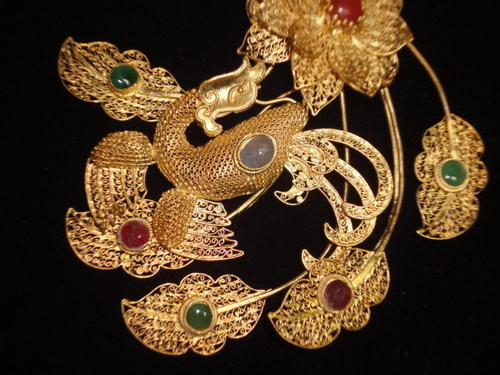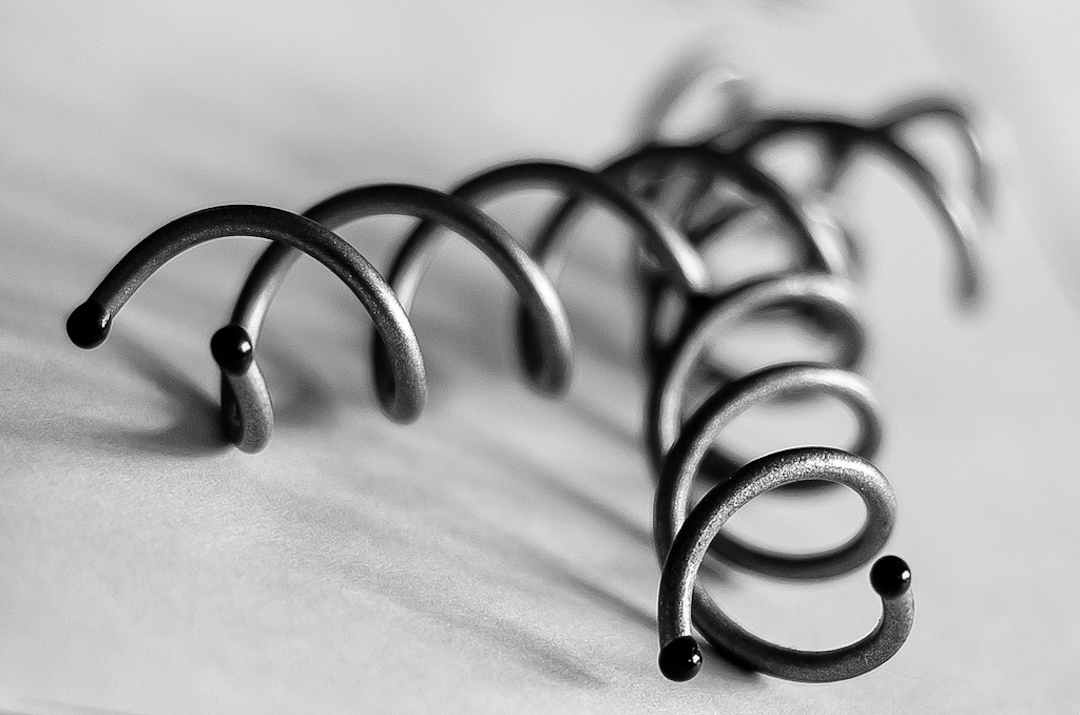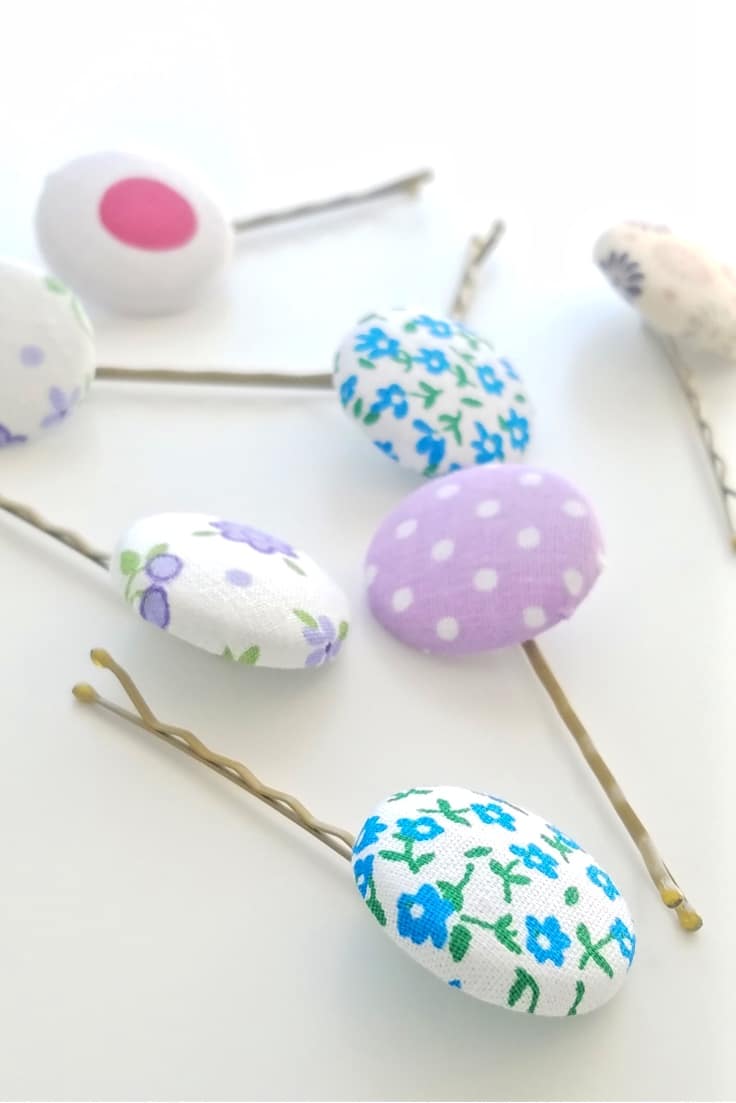HISTORY OF DESIGN: HAIRPIN by Kanak shah(22DBI013)
HISTORY OF DESIGN : HAIRPIN
I chose hairpin as my daily
object because obviously i use it daily to keep my wavy hair in it's place! Now its even kind of impossible to imagine our life without hairpins and bobbypins. Then i tried to do research on the evolution of hairpins.
In this research i learnt that even though i have been using hairpins all my life very little i knew about how it evolved into into the form we gen-z kids are using right now.
The hairpin we wear and know
today has come a long way in the history and were not invented until the 20th
century.But we can still see in the portraits of royal women wearing antique
hairpins to secure their long hair. So what is a hairpin? They are not as
simple to describe as you might suppose. Historically the term hairpin could be
used to reference a one or two point pin ornament.
Originally hairpin was
founded in ancient civilisations including ancient Rome, ancient Greece, and
ancient China. The single stemmed hairpin was in existence in early
Greek, Roman and Egyptian times although some anthropologists believe that even
the very earliest cave dwellers used everything from thorns, sticks, bones and
stone to fashion crude hair pins.
Hairpins are an important symbol in Chinese
culture. In ancient China, hairpins were worn by men as well as women, and
they were essential items for everyday hairstyling, mainly for securing and
decorating a hair bun.
Chinese Ming dynasty (1368–1644) hairpin
Chinese Ming dynasty hairpins, 15th century
Russian hairpins from Moscow, probably 18th or 19th
century
Dating it to as early as the Neolithic Period (c. 10,000–4,500 BCE),
hairpins were made of various materials and designs which was used as hairstyling
tools as well as status symbols by people from ancient Rome and Egypt to the
Shang Dynasty of China. While this particular hairpin is not believed to be
ancient, it offers a useful starting point to explore the meaning and function
of these delicate and fascinating beauty objects. Due to their high rates of
survival in archaeological sites, bone, as opposed to precious stone or wood,
is the most commonly found hairpin material in ancient settlements. According
to the Museum of London, hairpins are one of the most common artifacts that
have survived from Roman Britain.
Major success came in 1901 with the invention of the spiral
hairpin by New Zealand inventor Ernest Godward.
This was a predecessor of the hair clip which fixed
itself to hair unlike the then common straight pin that required constant
adjustment.
This crinkle hairpin was an immediate success for Ernest
Godward.
PRESENT
After this hairpin continued to be evolved in different
materials and designs as per the need of people.Invented as a coiffure tool,
nowadays people have also been using the bobby pin as a handy aid for all
sorts of things that require a certain precision. From threading laces to
picking locks to squeezing out that last breath of toothpaste, there seems to
be no end to its use, with people constantly finding way to improve
practically any chore or task with the help of a hair pin.
Thank you
KANAK SHAH 22BDI013
https://blogs.brown.edu/archaeology/2021/06/23/bone-hairpin/
https://en.wikipedia.org/wiki
https://www.hairboutique.com/articles_p/hairpins-history-practical-application-2/
https://www.allthingshair.com/en-us/hairstyles-haircuts/hair-trends/bobby-pin-history/



_-_Hairpins_1.jpg)



Comments
Post a Comment